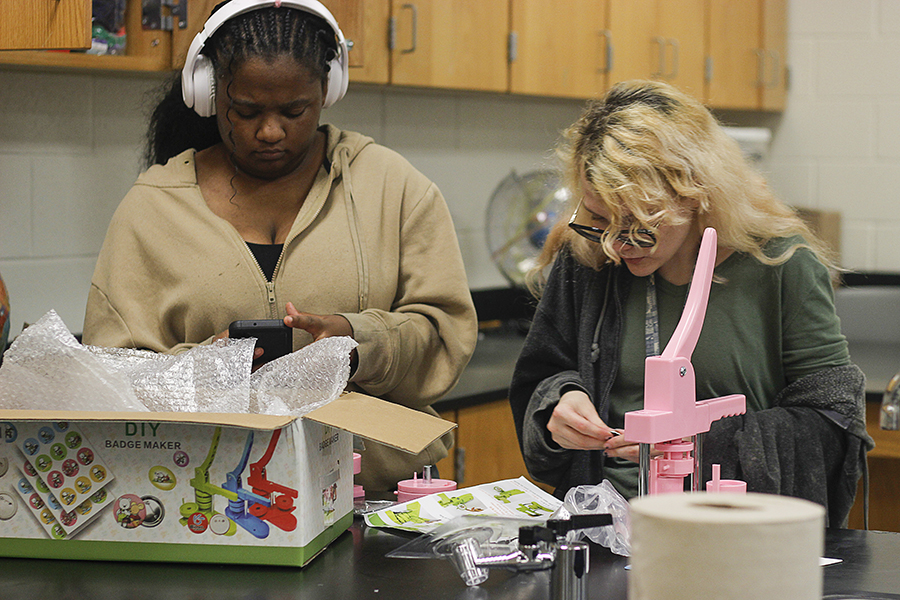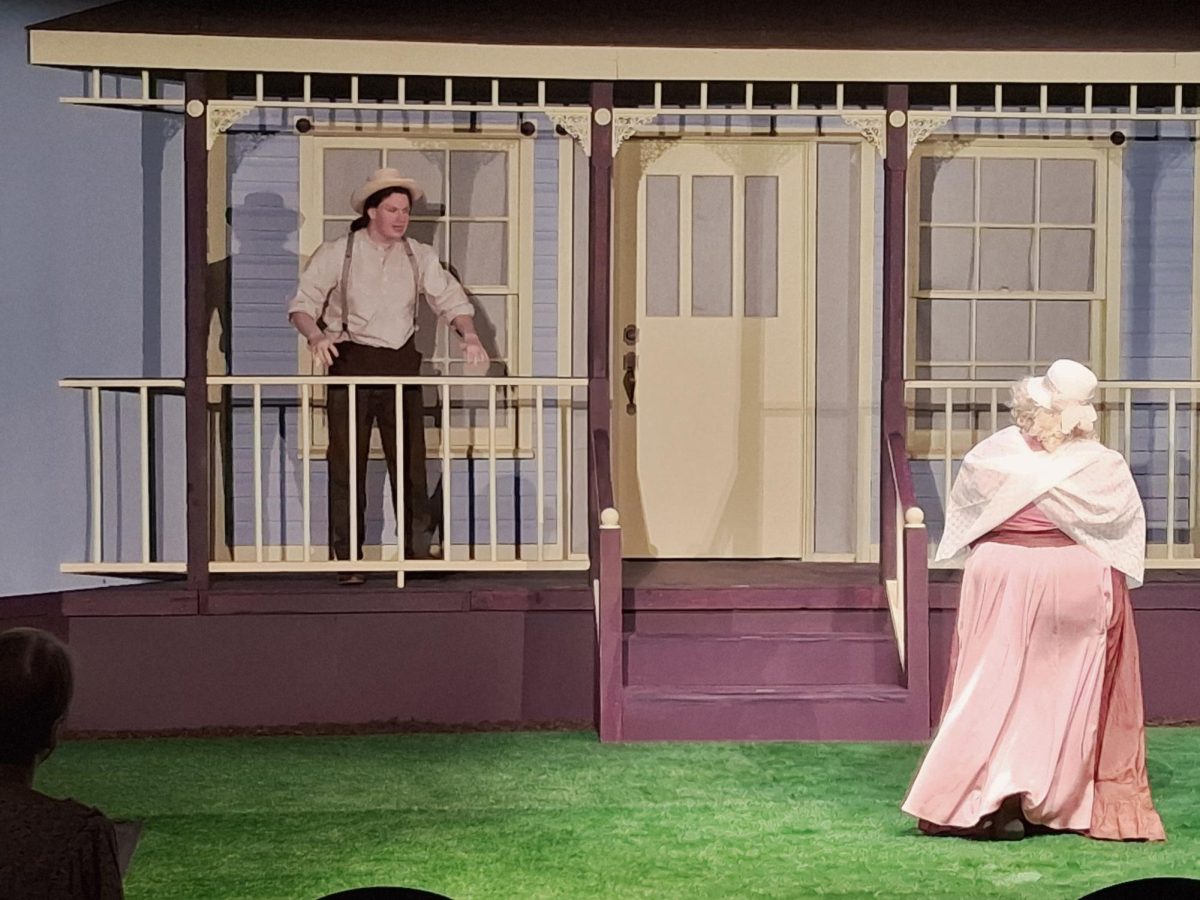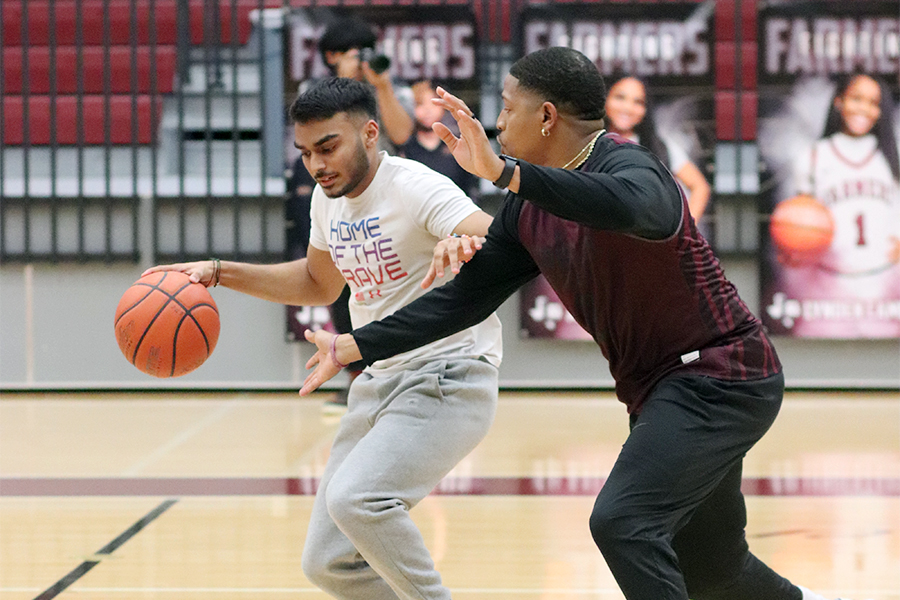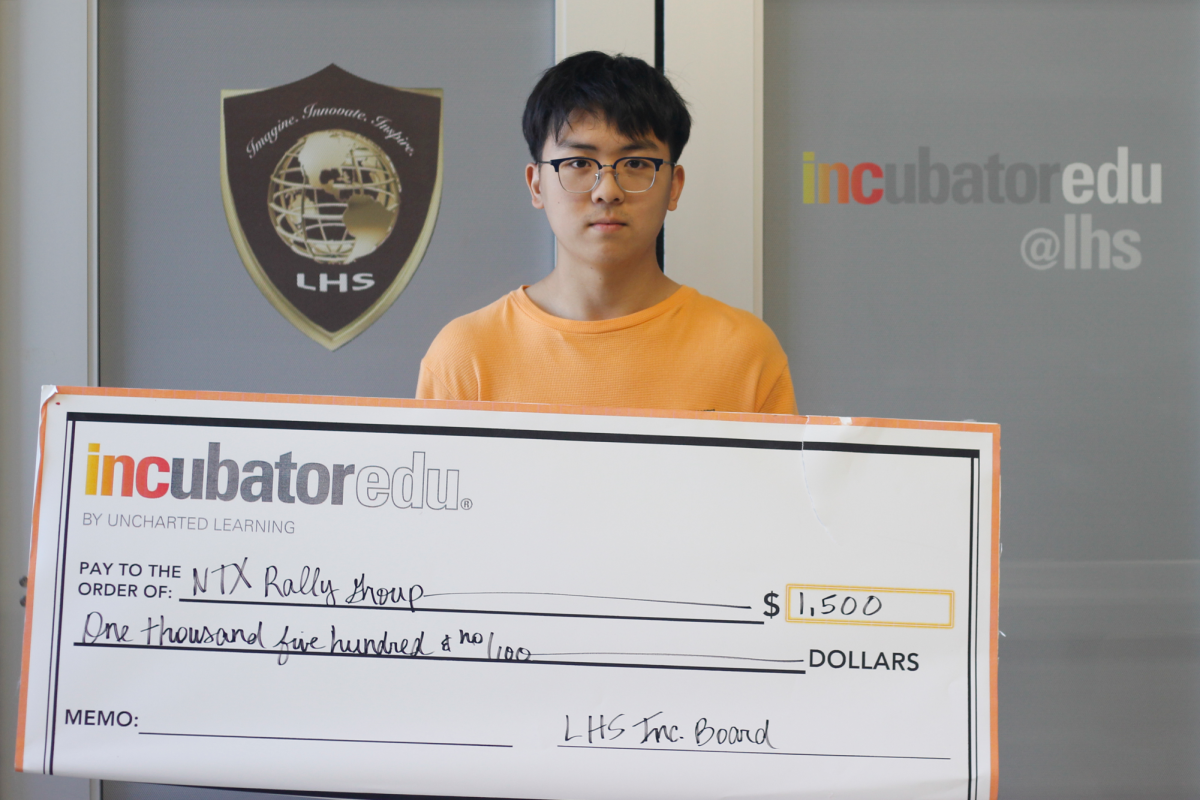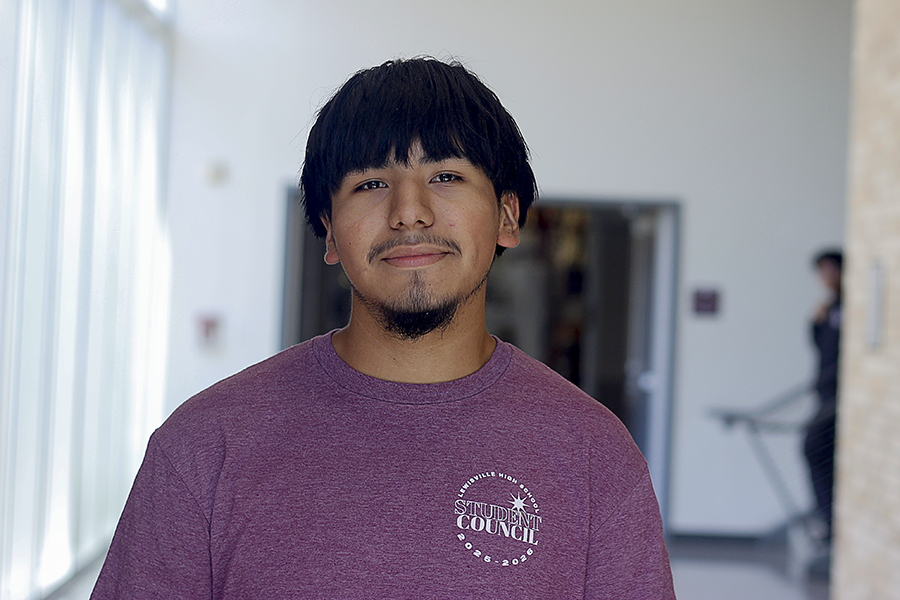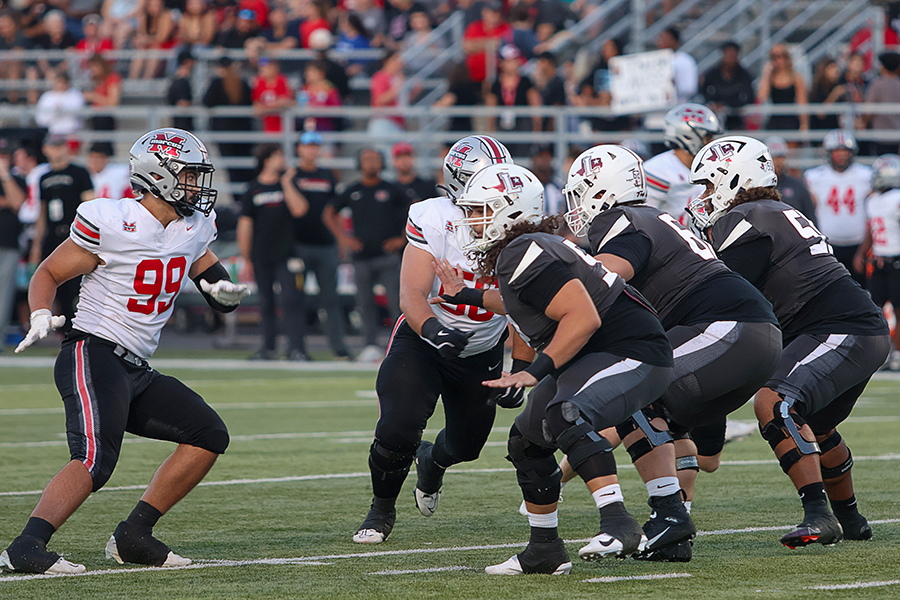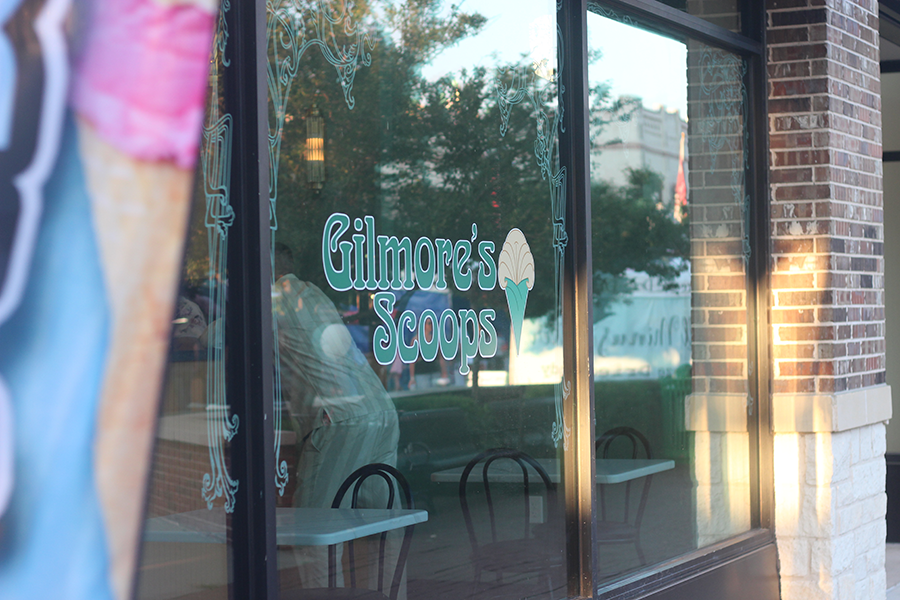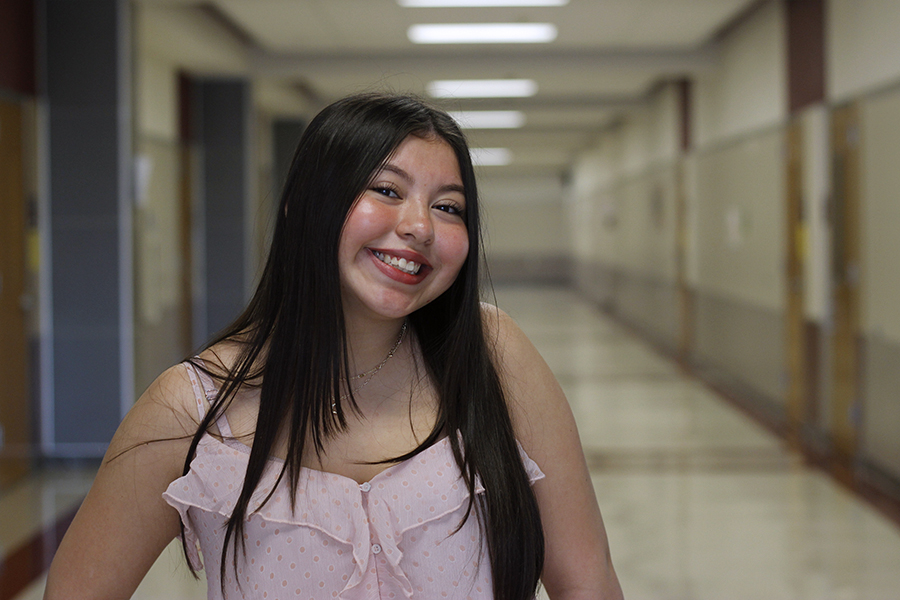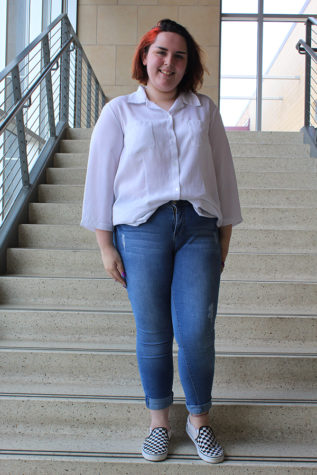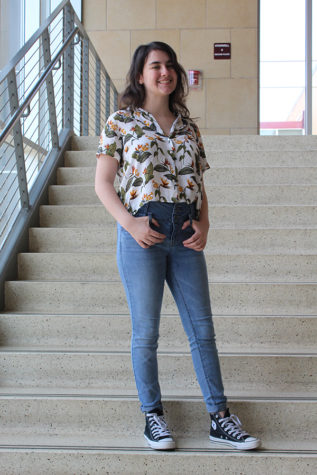The City of Lewisville held a community workshop called Touchpoint on Wednesday, Jan. 29 at the MCL Grand Theater. The city hosted this event to find updated local input among the residents of Lewisville and Castle Hills. The presentations consisted of updates on the 2025 vision plan created in 2014, as well as an added plan for 2035.
Before the workshop, there was an open house in the lobby and hallways of MCL Grand from 2 p.m. to 6 p.m., and from 6 p.m. to 9 p.m. the Touchpoint assembly occurred. Besides guest speaker Patrick Ibarra from the Mejorando Group, six other speakers who are regionally and nationally known for their help in cities gave presentations.
“[The purpose of] the workshop is to look forward to another 10 years,” planning director Richard Luedke said. “To identify what community priorities should be addressed in that new 2035 document.”
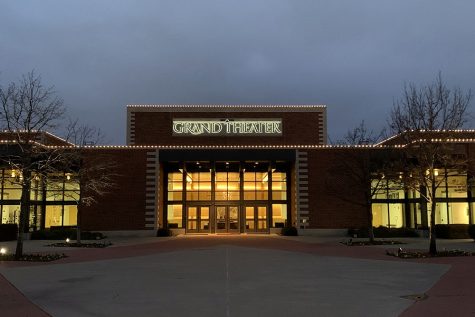
The event was hosted at the MCL Grand Theater in Old Town.
Among the 2025/2035 vision plan, the main focus is on the “nine big moves,” one of which is “Extending The Green,” focusing on expanding parks, trails and other environmental places. Each topic specifically focuses on a different aspect of the city and how they plan to expand it.
“Our budget requests have to tie into the vision plan so we’re contributing toward the direction the residents said they wanted,” community relations director James Kunke said. “We’ve added the new recreation center that will open in a few months, the new nature park across the street that will open this year. [As well], the increase emphasis on trails and on LLELA.”
Added onto the “nine big moves’ are three other categories titled the “strategic moves.” When originally making the plan for 2025, three topics of conversation and enhancement were left out. Being a data-driven city, a city of values and connection is now added onto the list of expectations.
“I would like to see a [continuation] on the concentration of the original ‘nine big moves’ and adding in the ‘three strategic moves,’” Luedke said. “I think those original nine moves work very well but there’s still areas we can always improve on and continue to make the city better in those aspects. My recommendation is to keep moving forward as it was established.”
The city council workers and guest speakers heavily spoke about the need for residential input. The “nine big moves” and newly added three were all created from input given by the public, so the city wanted to gather updated opinions and confirmation. Computers were set up during the open house for attendees to offer their feedback.
“We need the plan to accurately represent the collective voice of the community,” council member Kristen Green said. “To accomplish that, we need extensive citizen participation and representation of every segment of our community’s diverse demographic. Everyone’s perspective is unique and we need the plan to reflect as many of those perspectives as possible.”
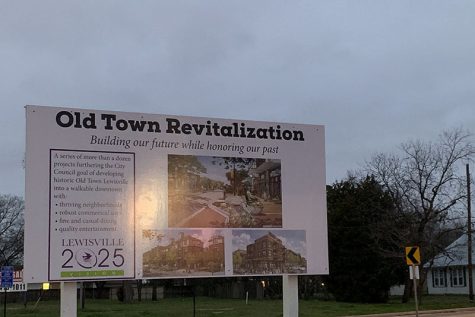
Signs depicting future plans for the city are displayed on street corners.
Not only keeping the majority of residents input in mind, the city keeps contact with the minority communities. With no Chin and little to no Latino representatives or employees, this is a difficult task for the council to handle. Ibarra tackled how to expect and move with change in his speech, as well as with working alongside city council employees to put his plan in action.
“We’re in a world now where you don’t have a choice, you have to change because change is going to smack you in the face no matter what,” Kunke said. “It can be difficult sometimes for governments, [they] can become very stuck in the mud. Change is coming, change is all around us and that can be a really good thing if you have a good attitude and you prepare for it.”
The city ended its Touchpoint event with the residents becoming further informed and being able to see that their prior input was heard. City council members continue to listen to the locals and fit their plans and budget to conform to the feedback.
“We need to check the pulse of the community,” Green said. “[To] determine if the nine big moves previously identified still represent the priorities of the collective community. If they do not, we need to figure out what adjustments need to be made to get us back on track.”


